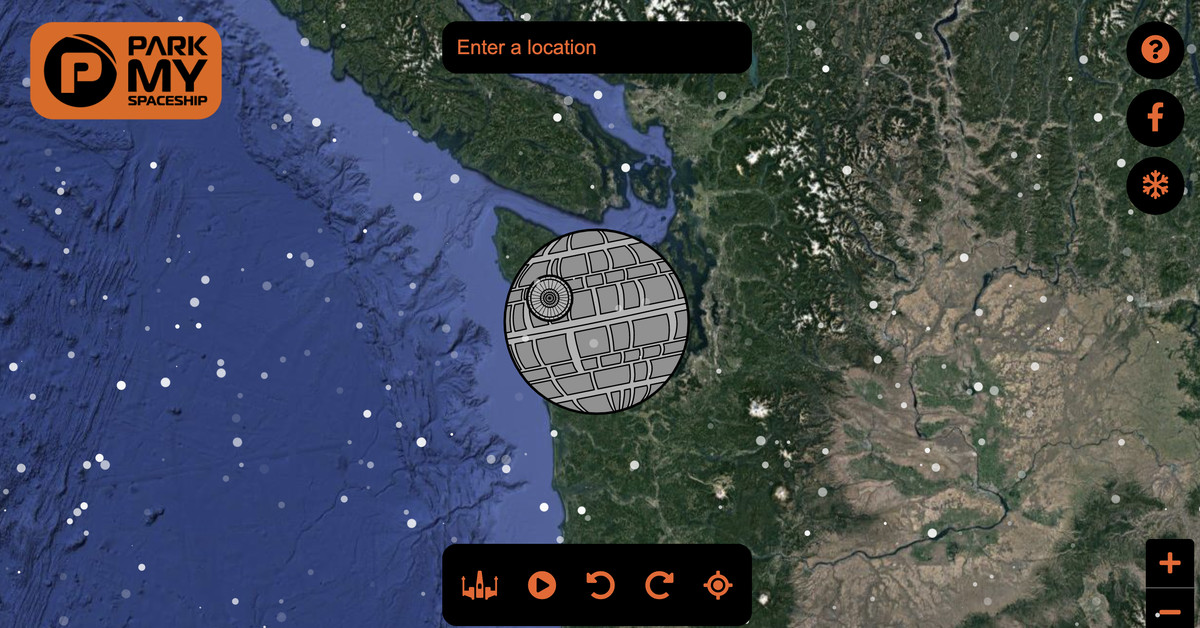The world waits to see if China’s first Mars rover survived
A photo of Mars captured by China’s Tianwen-1 probe in February. | Photo: Xinhua via Getty ImagesTonight, China attempted to land a pair of robots on the surface of Mars, making a daring bid to become the second country...

Sometime between tonight and next Wednesday, China will attempt to land a pair of robots on the surface of Mars, making a daring bid to become the second country to land and operate a rover on the Red Planet. The Tianwen-1 spacecraft, which has been orbiting Mars since February, will eject a rover and lander bundled together for a seven-minute plunge through the thin Martian atmosphere.
The mission marks China’s first independent trek to Mars, about 200 million miles away from Earth. Only NASA has successfully managed to land and operate rovers on the planet in the past. (The Soviet Union’s Mars 3 spacecraft landed on the planet in 1971 and communicated for about 20 seconds before unexpectedly going dark.) China’s mission, involving three spacecraft working together, is ambitiously complex for a first-timer — the first US mission, Viking 1 in 1976, only involved a lander deployed from its probe.
If it sticks a clean landing at Utopia Planitia, a flat swath of Martian land, China’s lander will deploy its Zhurong rover, a six-wheeled solar-powered robot named after the god of fire in ancient Chinese mythology. The rover carries a suite of onboard instruments, including two cameras, a Mars-Rover Subsurface Exploration Radar, Mars Magnetic Field Detector, and Mars Meteorology Monitor, according to Chinese media CCTV.
“Tianwen-1 probe has functioned normally since its successful launch on July 23rd, 2020,” the China National Space Administration (CNSA) said in a statement Friday morning, adding that it has collected a “huge amount” of scientific data while in Martian orbit. “With the evaluation of the flight status, Tianwen-1 probe is scheduled to perform landing campaign targeting Utopia Planitia at the proper slot from the early morning of May 15th to May 19th Beijing time,” CNSA said.
:no_upscale()/cdn.vox-cdn.com/uploads/chorus_asset/file/22514880/1231506139.jpg) Photo by Wang Zhao / AFP via Getty Images
Photo by Wang Zhao / AFP via Getty Images
The landing attempt might come toward the very beginning of that time slot. One report on Twitter quoted Ye Peijian of the China Association for Science and Technology as saying the landing attempt could begin at 7:11PM ET on Friday.
The Tianwen-1 orbiter, clutching the rover-lander bundle, has been scoping out the Utopia Planitia landing site for over three months, flying close to Mars every 49 hours in an elliptical orbit (an egg-shaped orbital pattern), according to Andrew Jones, a journalist covering China’s activities in space. Utopia Planitia is the same region on Mars where NASA’s Viking 2 lander touched down in 1976.
“The main task of Tianwen-1 is to perform a global and extensive survey of the entire planet using the orbiter, and to send the rover to surface locations of scientific interests to conduct detailed investigations with high accuracy and resolution,” the mission’s top scientists wrote in Nature Astronomy last year. The roughly 240kg rover is nearly twice the mass of China’s Yutu Moon rovers.
Tianwen-1 is the name of the overall Mars mission, named after the long poem “Tianwen,” which means “Questions to Heaven.” It marks the latest in a quick succession of advances in space exploration for China. The country became the first nation in history to land and operate a rover on the far side of the Moon in 2019. It also completed a brief lunar sample mission in December last year, launching a robot to the Moon and swiftly returning it back to Earth with a cache of Moon rocks for evaluation.
:no_upscale()/cdn.vox-cdn.com/uploads/chorus_asset/file/22496591/1232586805.jpg) China’s Long March 5B, the same rocket used to send Tianwen-1 to Mars, launches a space station module last month.Photo by STR / AFP via Getty Images
China’s Long March 5B, the same rocket used to send Tianwen-1 to Mars, launches a space station module last month.Photo by STR / AFP via Getty Images
More recently, China launched the first core module of its planned space station, Tianhe, which will serve as living quarters for groups of astronauts. The rocket that launched that module spawned an international freakout over where on Earth it might reenter. (It eventually reentered over the Indian Ocean, and large chunks of the rocket splashed down roughly 30 miles off an island in the Maldives, the Chinese government said.)
Despite this ambitious trek to Mars with its trio of three robots, China’s focus seems to be fixed on the Moon — the same immediate destination for NASA’s Artemis program. Earlier this year, China announced plans to build a lunar space station and base on the Moon’s surface with Russia, NASA’s longtime partner on the International Space Station.

 Kass
Kass 































